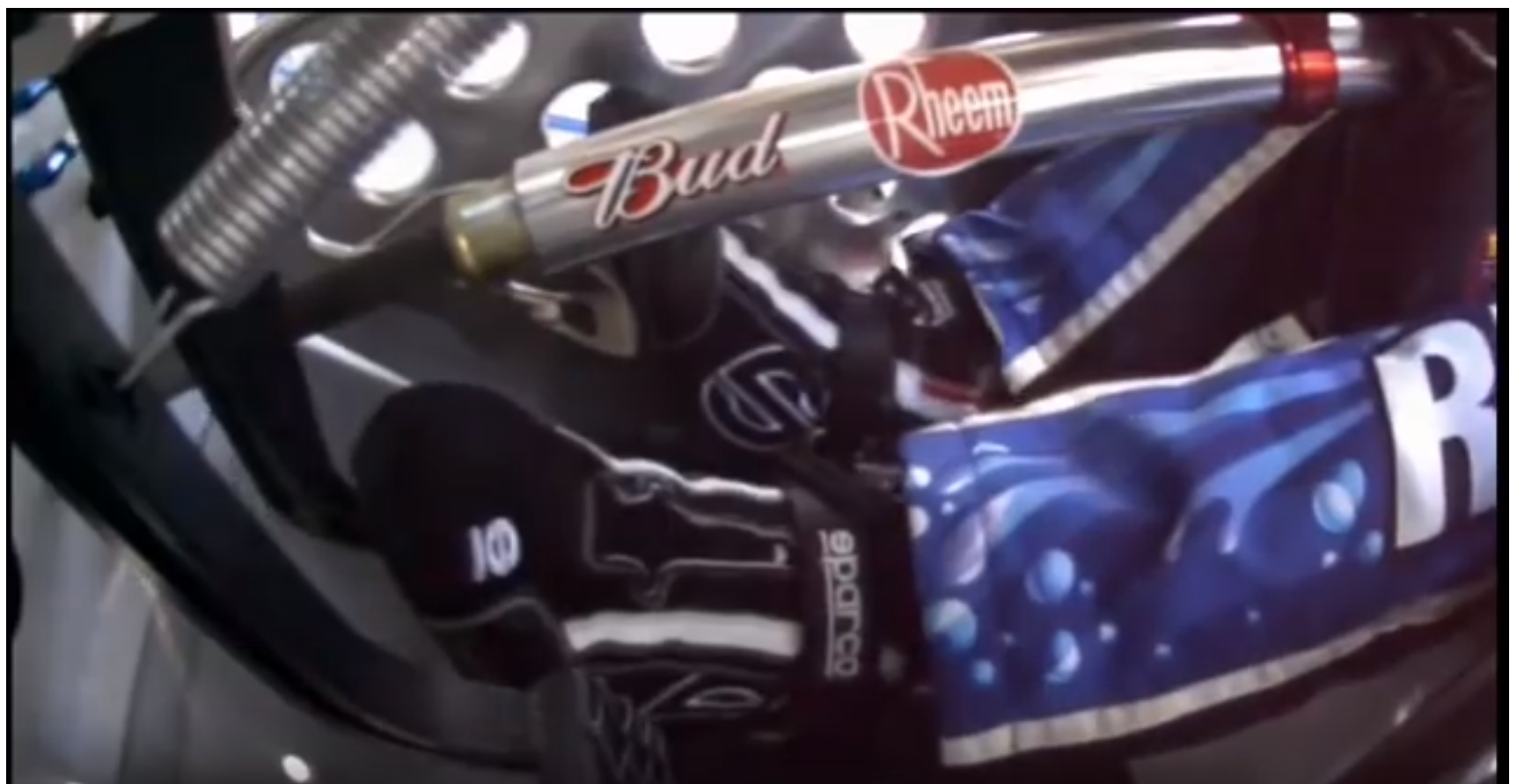 It was August 2015 at Portland International Raceways – the second time at Portland of the year, running the chicane configuration. It was the second year with my BMW E30 PRO3 race car and this year, was sporting a fresh engine, baller status OS Giken rear-slip LSD rear differential and a fresh exterior paint job.
It was August 2015 at Portland International Raceways – the second time at Portland of the year, running the chicane configuration. It was the second year with my BMW E30 PRO3 race car and this year, was sporting a fresh engine, baller status OS Giken rear-slip LSD rear differential and a fresh exterior paint job.
On the second session of the day, I am feeling good and starting to get into a groove. Come off turn 7 into the back-straight away, hammer down… 4th gear… 5th gear… BRAKES, hit the FIA curbing on the left, downshift, back to throttle… BRAKES!!! I said BRAKES!!! OH $H!%!?!?!?! No BRAKES!!! Grass… sliding… spinning… no, please no wall!!! Pump the brake pedal again… oh, brakes! They work! I’m alive! The car isn’t destroyed! But WTF just happened?!?!?

What is it?
Pad Knock-back is when for various reasons, the brake pad loses contact with the caliper piston that presses the brake pad against the brake rotor/disc. The contact is lost for one of two reasons (below) and the result is that the driver goes to apply the brakes and the pedal falls to the floor, with little to no brake pressure on that first application. The brake system is moving the piston but the piston lost contact with the pad, so it’s moving air and slowing down nothing.
As soon as the the driver releases the brake pedal and pumps the pedal again, the pressure usually returns and the brakes work again. The problem is that sometimes drivers don’t realize what has happened and don’t hit the brake pedal again, that second time around at all or in time. And bad stuff can happen when you need to hit the brakes but they aren’t there.
How and why #1: Worn out caliper components
Caliper components live a hard life, especially on a race car. They are called on to not only slow the car down aggressively with degressive braking but also help the car rotate with long durations of trail-braking.
All of this hot and cold and hot and cold and hot and cold… action makes seals burn up, brake fluid overheat or even boil if it contains water or air bubbles and the metal components deform and lose their snug fit amongst the other brake components. According to this great and much more technical deep dive analysis from NASA Speed News, even a slightly deformed rotor can cause the pads to separate from the pistons and the pistons to fall deep into their bores.
The fix? Rebuild or replace your calipers at least. For us, this quickly fixed the problem. On that first experience, we had back in August of 2015, we bled the brakes and went out for a 1 Hour mini endurance race – the brakes felt better but were still getting knock back every lap before braking for turn 12.
Before Sunday AM qualifying, we sourced a new set of calipers from Advance Auto Fabrication (who also did all of the off season upgrade work), got them installed and presto!

Pad nock-back was gone! Over the subsequent years and travels to various tracks we realized that PIR uniquely had the most FIA curbing of all the tracks on our schedule. If a set of calipers had more than 3 race weekends on them prior to heading to PIR, we’d slap on a new/rebuilt set of calipers.
Here is a video of a competitive race at PIR – note the use of the FIA curbing towards the end of each lap (turns 10 – 12):
How and why #2: Driving hard on the curbing/gators
You might have fresh brake components but if you’re driving hard, eating up apexes and letting the car track out, odds are you are driving on the curbing, if the track has them.
Tracks have a variety of curbing designs but the end result is almost always the same, they cause vibrations that can and do shake up brake components – pad knock-back! This is so common that if you were to watch any pro-level sports car racing on TV or online, you’ll see brake lights light up as the cars are roaring through straight-aways. The drivers aren’t brake checking or trying to confuse a trailing opponent. They are lightly tapping the brakes to get the pistons seated back next to the pads and ultimately, make sure they have a brake pedal.
This is part of what happened to us in Portland in 2015 and just about every other time we went back. But this past June of 2017, we were at Spokane County Raceways, who does have apex and exit curbing.
Here is a pretty fast qualifying lap at Spokane County Raceways. Note the elevation chart – it shows that it is pretty flat but if you listen closely, each of one those changes in elevation is going over a seam in the road. Each of those bumps plus the curbing result in harsh vibrations applied to the braking system.
We’ve been there twice before this, all have been 3-4 days of being on track and not a single issue.
Well this year, we were competing for pole and wins – nearly breaking the track record for a PRO3 car on Sunday AM qualifying. Sunday afternoon, final race of the season – qualified 2nd and was ready to make a great start and pull away.
Coming around the final turn and… GREEN FLAG! Full throttle in 3rd gear… I got a decent start and I have the inside for turn 2. Exit of turn 2 and in the lead, barely positioning myself for the outside of turn 4. Full throttle… 3rd gear… 4th gear… 5th gear… wait for it, wait for it, wat for it… BRAKES! NO BRAKES!?!? WTF is going on? I don’t want to die!
Note – Spokane is an old school track. High speed, built on a budget and in the high desert of Eastern Washington. The pavement nowadays is good. Not great, not horrible – but good. Stay on track with maybe a dropped wheel here and there, and everything is good. Go on an excursion, there will be pain. There are big rocks and boulders watching the action, waiting for a visit.
I was able to pump the brake pedal and luckily – this was the first lap of the race. We were still in traffic with faster cars so we weren’t going at full speed for that corner, which is usually a 4th gear corner.
We’ll update this post later on with the video from the race but what does pad knock-back look from a data standpoint?


A few positions were the only thing lost in this occasion but it hammered home the lesson, always pump the brake pedal in between braking zones.
What should you do? Pump that brake!
The more I’ve been racing and steadily improving, getting closer to the front of the pack, stuff just keeps breaking or getting tweaked. It’s a natural consequence of just pushing the equipment to the limit. The braking system is not just the most powerful system on road racing and street cars, but it is the thing (and how it’s used) that separates the good from the great and the great from the greatest.
If you watch any form of pro-level racing, even NASCAR, you’ll see the drivers pumping that brake with their left foot because pad knock-back and other potential failures are a fact of life. It happens all the time, so from now on, assume it will happen every time you go on track, every lap and on just about every braking zone. PUMP THAT BRAKE!




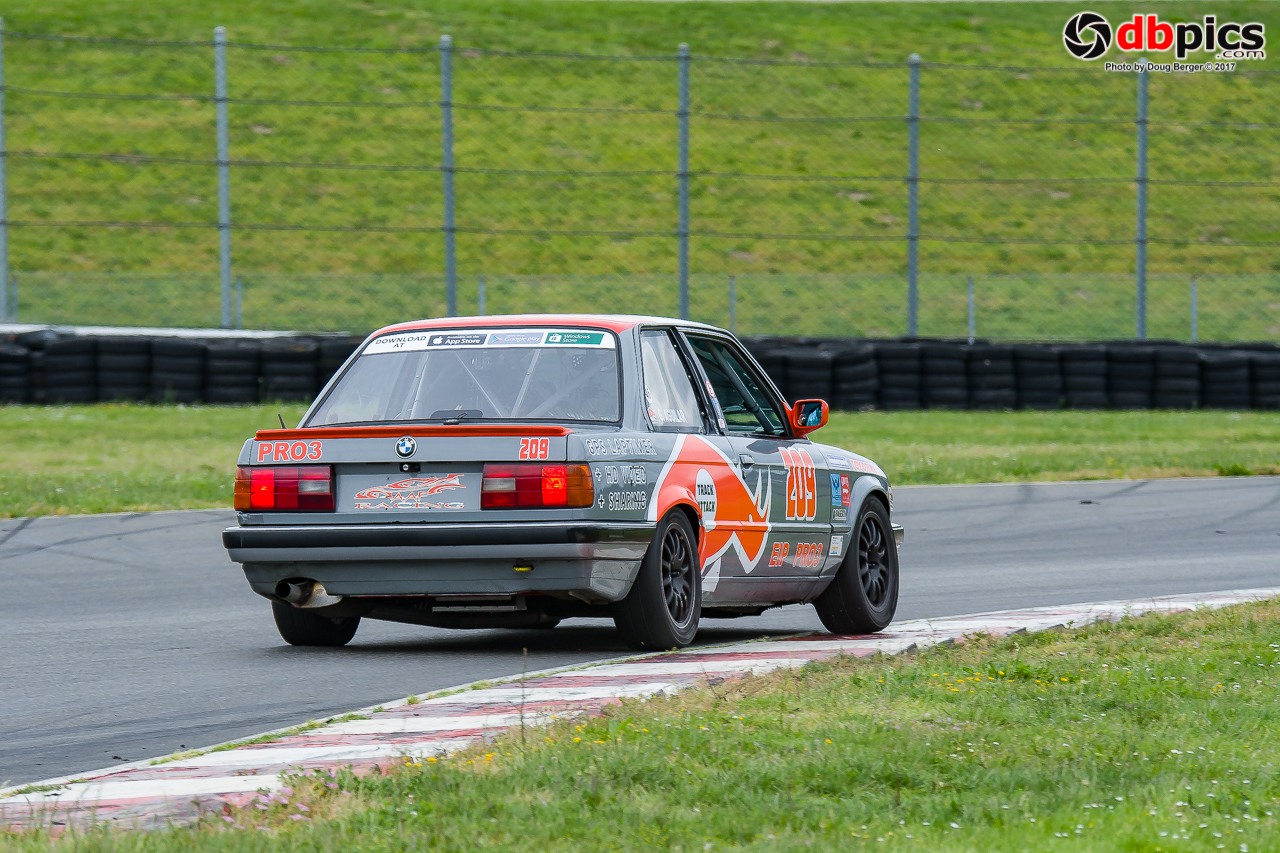






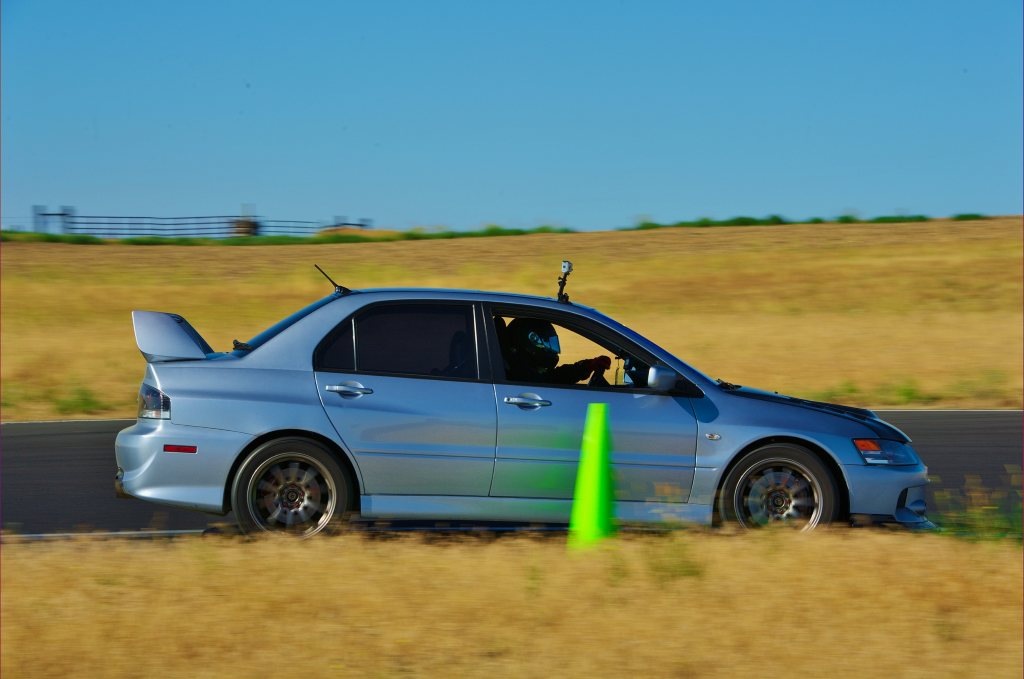 What: The very first time I crashed, which happened to be an HPDE road trip/event.
What: The very first time I crashed, which happened to be an HPDE road trip/event.















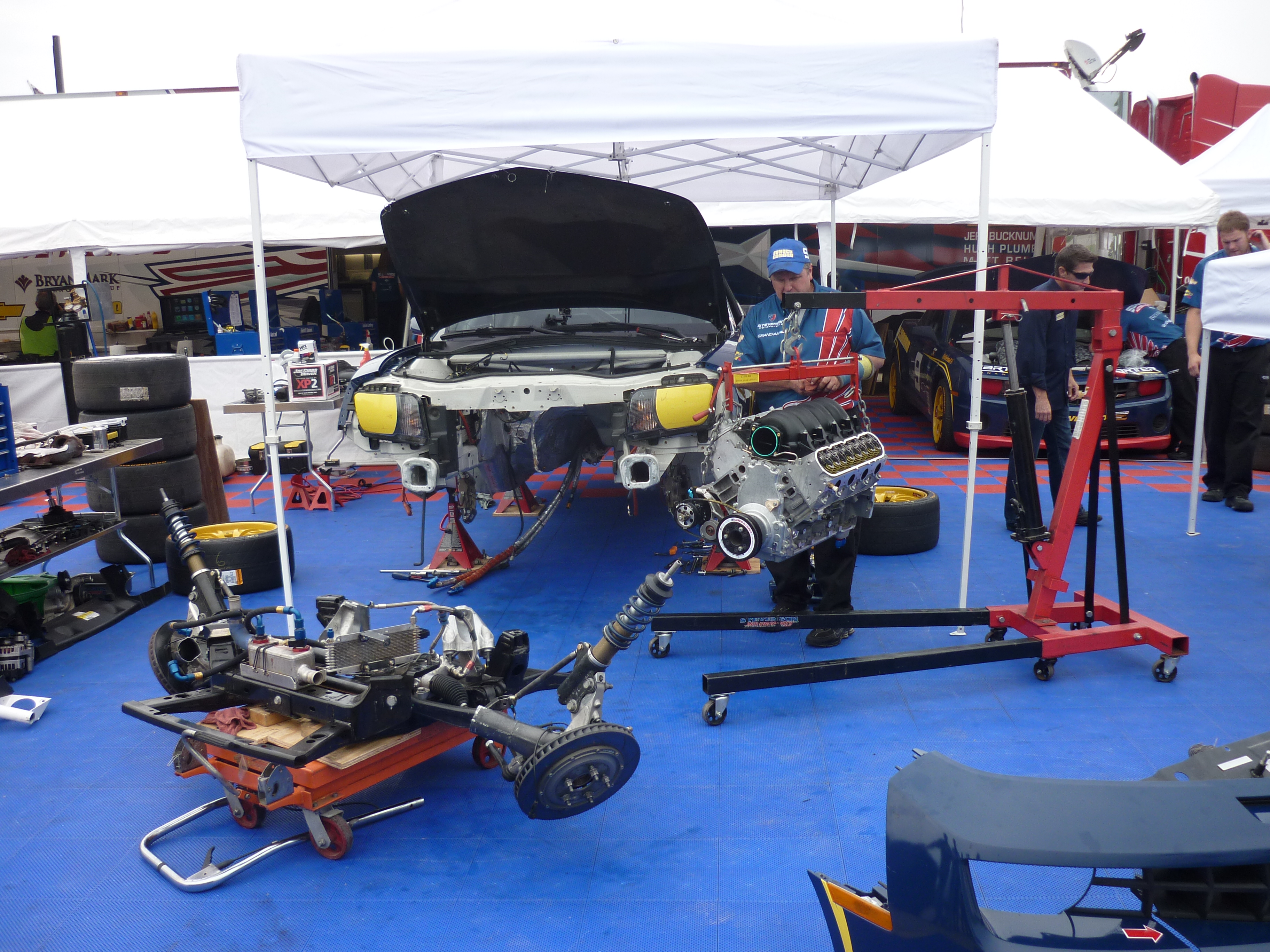





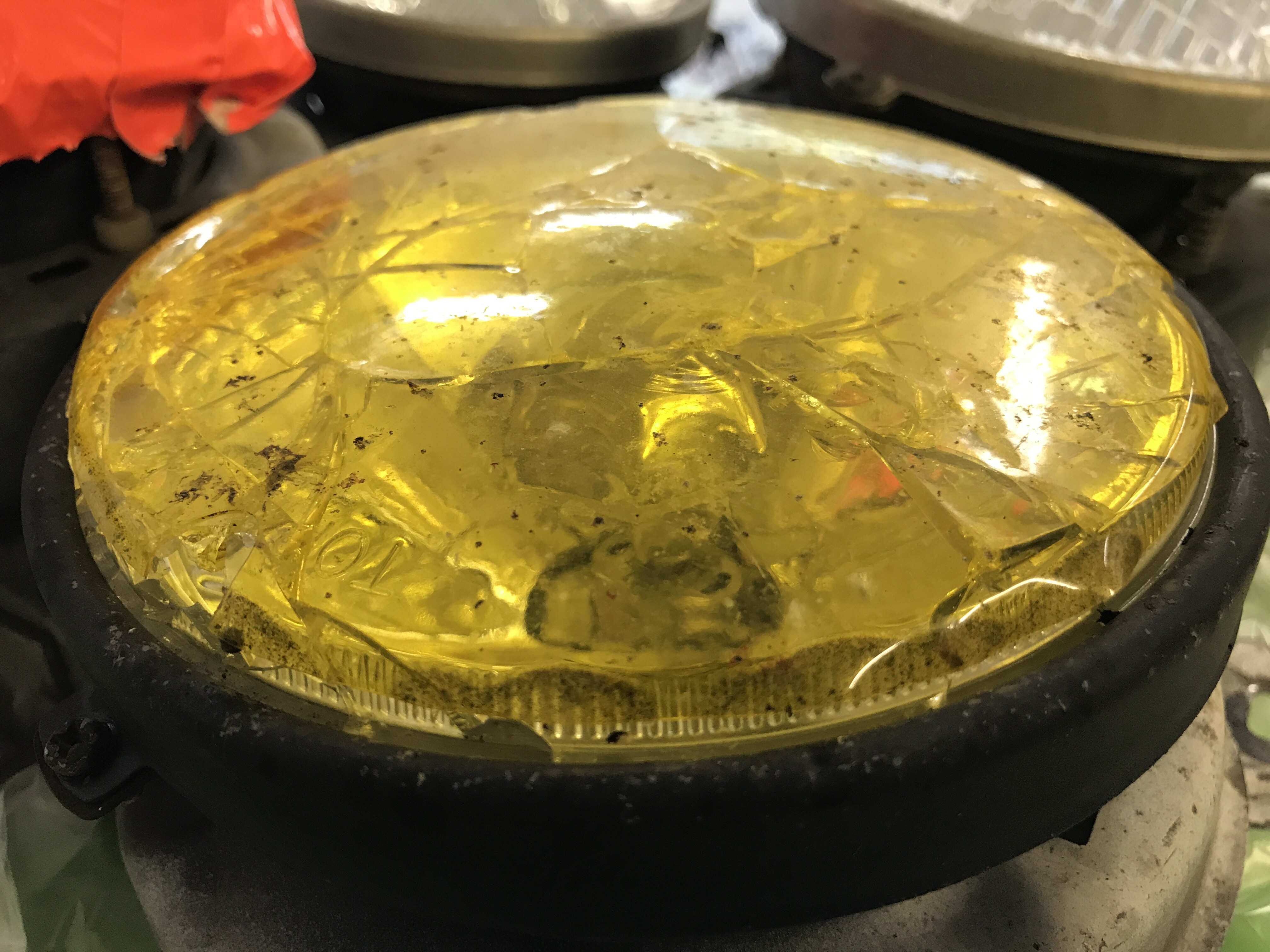 What: Stuff breaks when you go on track, this time – headlights and driver side mirror.
What: Stuff breaks when you go on track, this time – headlights and driver side mirror.





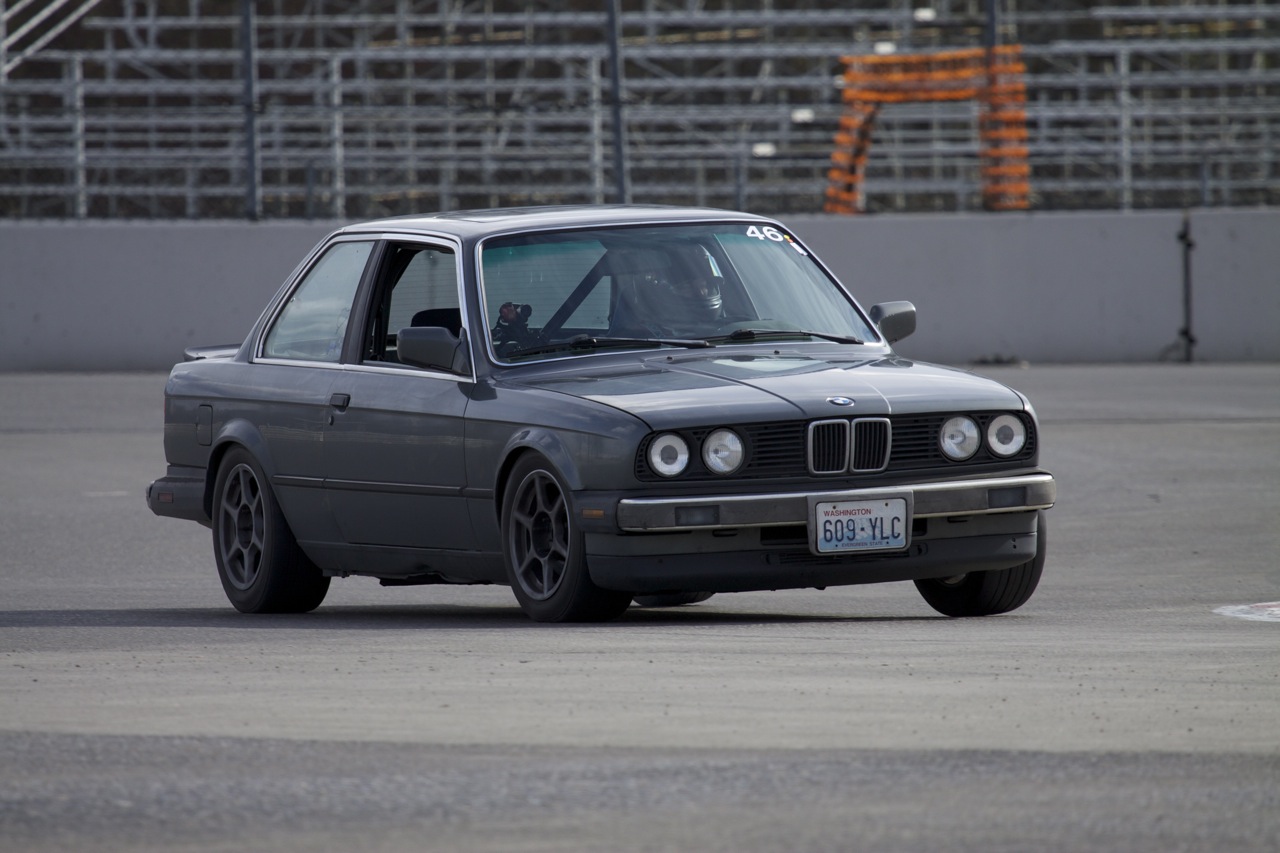 What: Building a track car – things to consider and make sure you do when building your dream car for the track.
What: Building a track car – things to consider and make sure you do when building your dream car for the track.







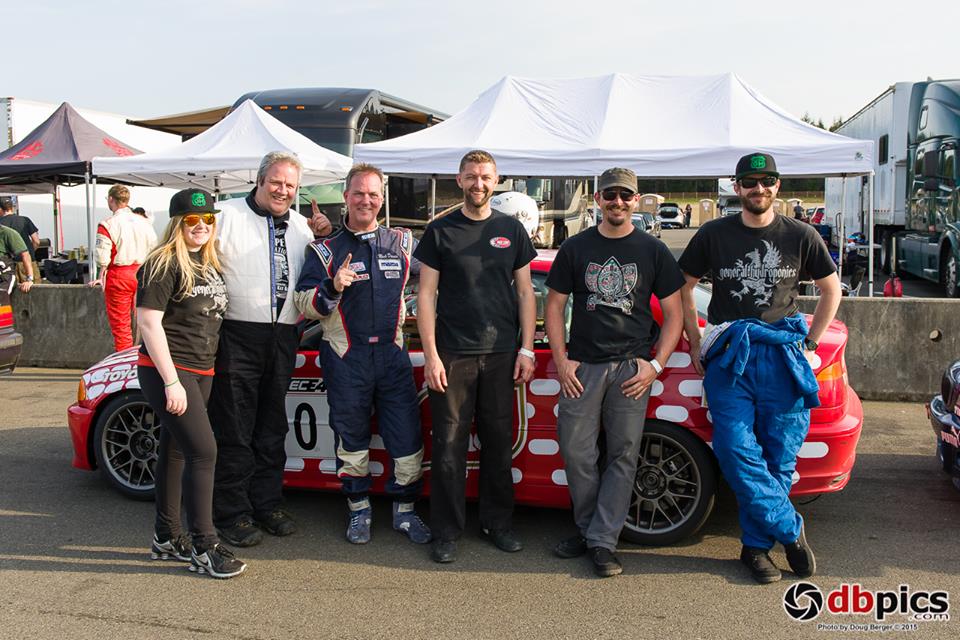 What: What to wear at the track – literally, everything, including underwear in some cases.
What: What to wear at the track – literally, everything, including underwear in some cases.




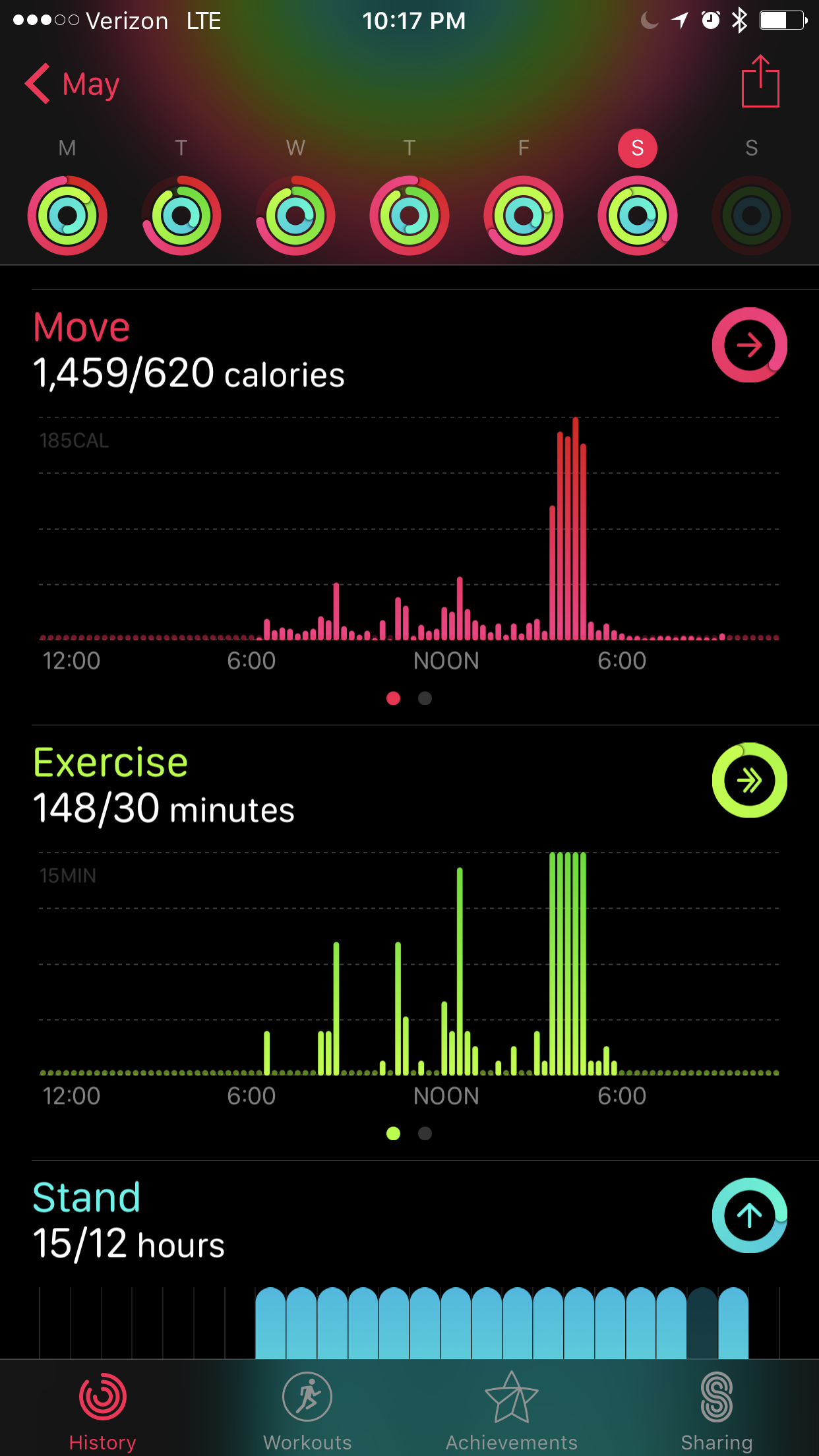 What: A small addendum to the
What: A small addendum to the 


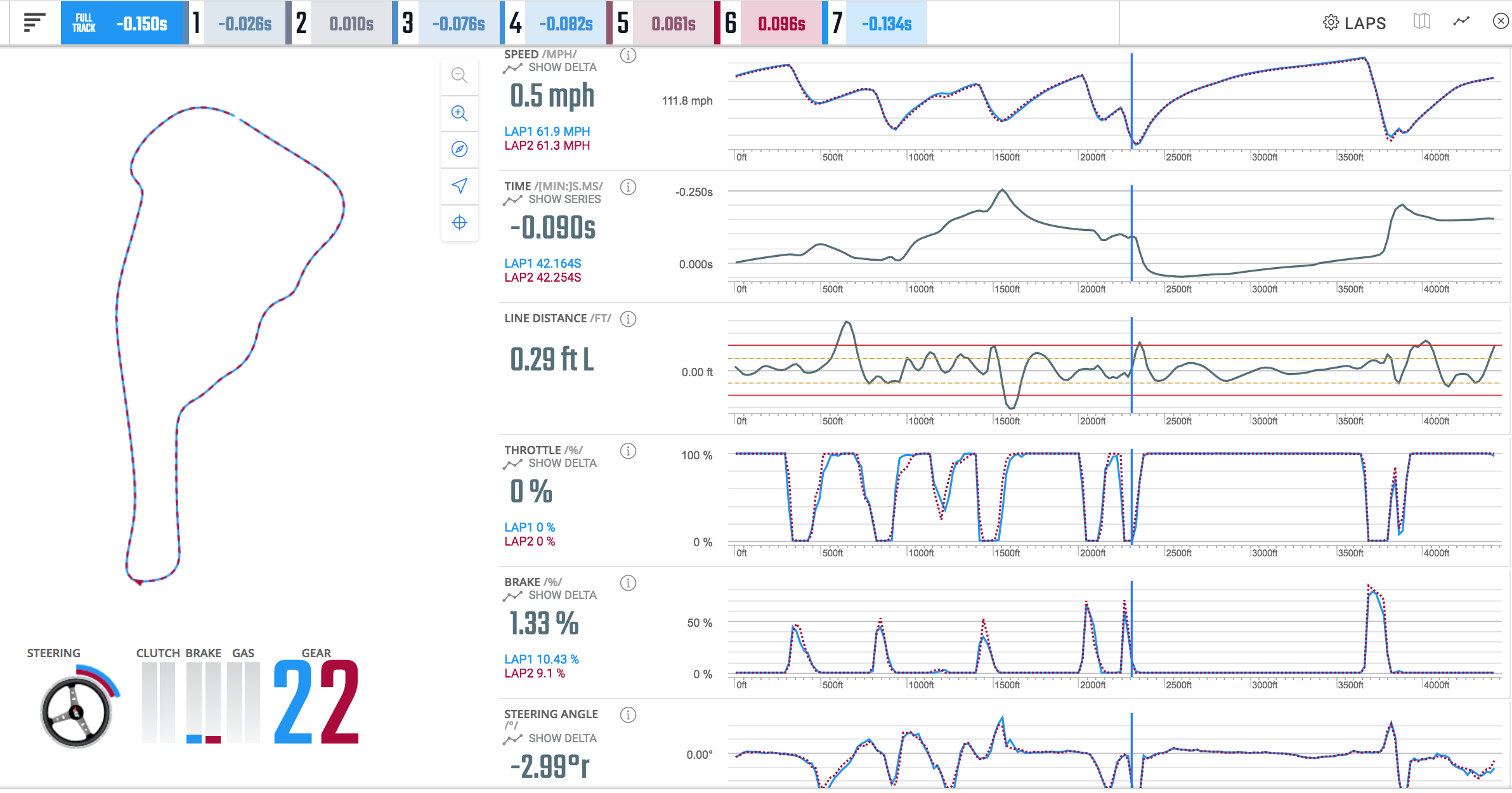 I have been working on driving more consistent… err… consistently, with some success but today, it finally all clicked and came together like never before.
I have been working on driving more consistent… err… consistently, with some success but today, it finally all clicked and came together like never before.







